[Op-Ed] Magical Realism was born, felt and written in the Colombian Caribbean
MORE IN THIS SECTION
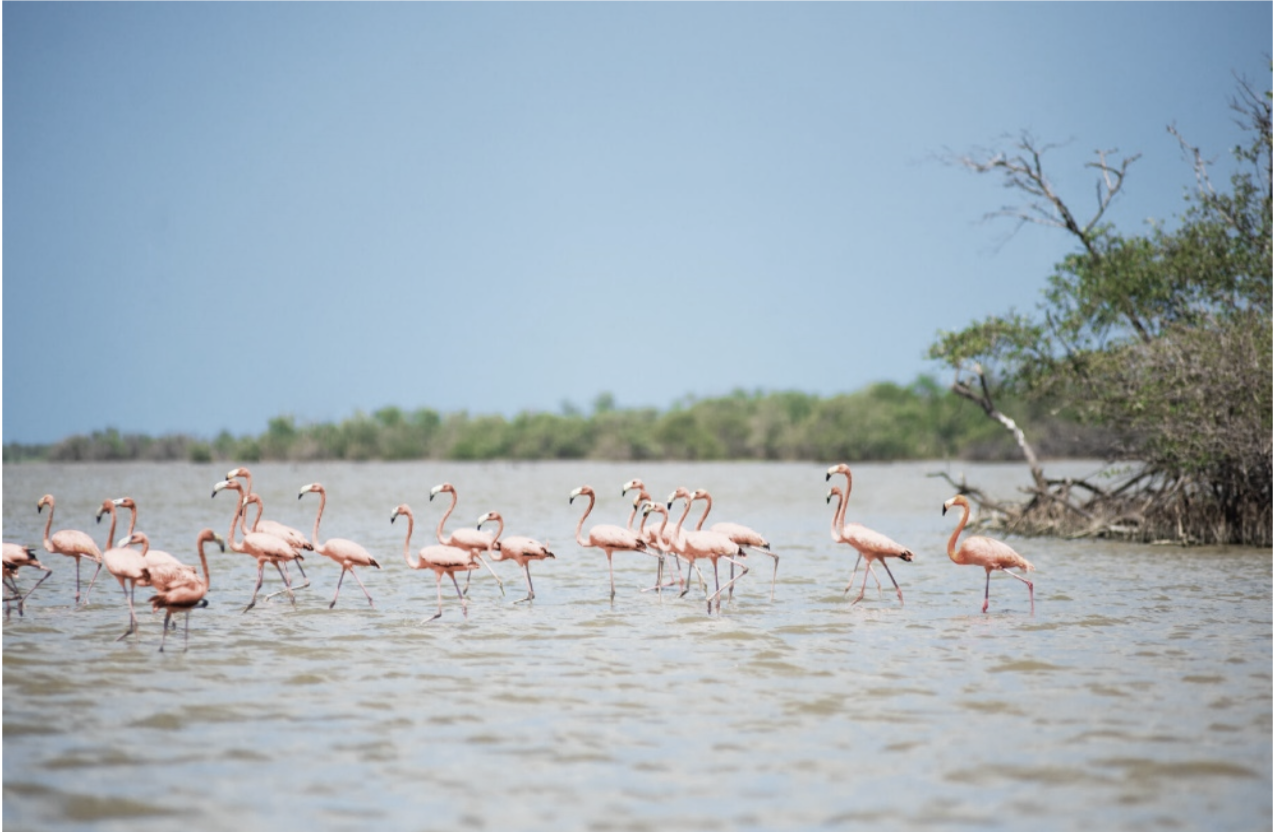
Photo 1: Los Flamencos Flora and Fauna Sanctuary. Source: Lorena Velasco ProColombia
In this article, I refer to the department of La Guajira, the land of the Wayuú people that is blue sea, desert, salt flats, and the Los Flamencos Flora and Fauna Sanctuary. Also, I tell you about ash and mud volcanoes, from Aracataca where the Nobel Prize winner Gabriel García Márquez was born, from Plato, the town where the legend of the alligator man was born. Likewise, from Cartagena and Santa Marta, two emblematic cities of the Caribbean.
El “desierto de la Guajira” son cientos de kilómetros, enclavados en una península entre el Mar Caribe y la frontera con Venezuela. En este desierto-mar, habita el pueblo indígena Wayuú, conocido como los “Hijos del sol y de la luna” y quienes conserva su cosmovisión y legado cultural. La Unesco reconoció la Justicia Wayúu, como Patrimonio Cultural Intangible de la Humanidad en 2010.
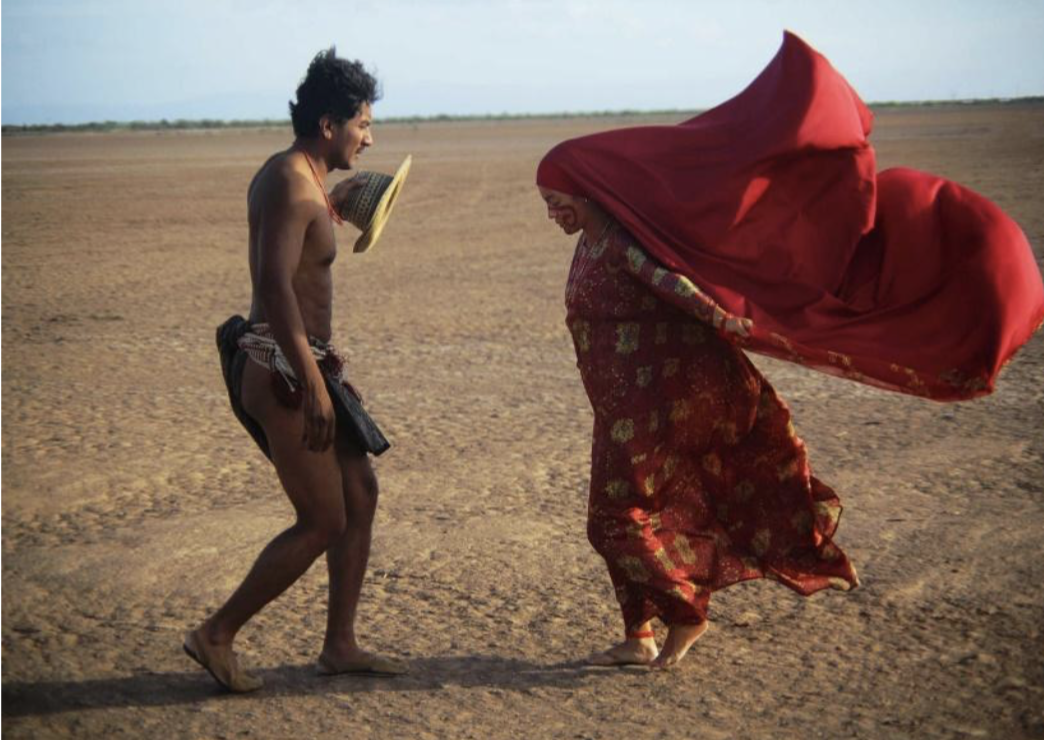
Photo 2. Scene from the movie “Summer Birds”. Source Emanuel Rojas
Two beautiful Colombian films, awarded at several international festivals, recreate the Wayúu culture: “La Frontera” by director David David, 2019, emphasizes the solidarity and strength of the Wayúu, motherhood and the feminine power embodied in Diana a indigenous woman.
“Summer Birds,” a film directed by Cristina Gallego and Ciro Guerra, 2018, from a poetic beauty recreates the stark origins of drug trafficking in Colombia and the impact on the Wayúu people. In the film, a Wayúu family experiences firsthand the consequences of the clash between ambition and honor. Their culture, their traditions and their lives will be threatened by a war around the “marimbera bonanza” between brothers.
Cabo de la Vela is a small town, a sacred site of the Wayuú indigenous people, called “Jepirra”, which in their worldview, means the sacred space where the spirits of their deceased arrive to make their transition to “the unknown”. The place is characterized by having ideal conditions for kitesurfing with somewhat rough tide and ideal wind conditions. In Cabo de la Vela, too, there are white sand beaches, an intense blue sea and the "Pilón de Azúcar", a hill whose top seems to rise kilometers away but which can be climbed on foot in no more than fifteen minutes. At the top of this small mountain, the gusts of wind are felt more strongly.
The Punta Gallinas Lighthouse is considered the northernmost point in South America. It is “lost” in the middle of the desert, it can only be reached by 4×4 trucks, through impressive landscapes. In this place, you will find the "Taroa dunes", immense mountains of ocher sand that literally fall into the Caribbean Sea. There is also Bahía Honda, a natural wonder that is a marine outcrop in the desert, with spectacular landscapes and color contrasts. Its calm waters favor the arrival of hundreds of flamingos.

Photo 3. Taroa Dunes in Punta de Gallinas, Guajira, Colombia. Source: https://blog.chapkadirect.es/tour-por-el-desierto-de-la-guajira-en-colombia/
The Los Flamencos Flora and Fauna Sanctuary is seven thousand hectares with wetland ecosystems made up of coastal lagoons, mangroves and dry vegetation (xerophytic and subxerophytic) that constitute the main habitat for species of native and endemic flora and fauna and are ecosystems that provide environmental goods and services to the ethnic communities that inhabit the territory.
Mud and/or ash volcanoes of the Caribbean: Among these, - the Totumo volcano is a volcanic cone full of mud, which is located in the rural area of the municipality of Santa Catalina, in the department of Bolívar, next to the “Ciénaga del Totumo” and near the border with the department of Atlántico; - the mud and ash volcano in Valencia, Córdoba; - Mud volcanoes in Monteria and Puerto Escondido, Córdoba; - El Tesoro Mud Volcano in San Antero, Córdoba.
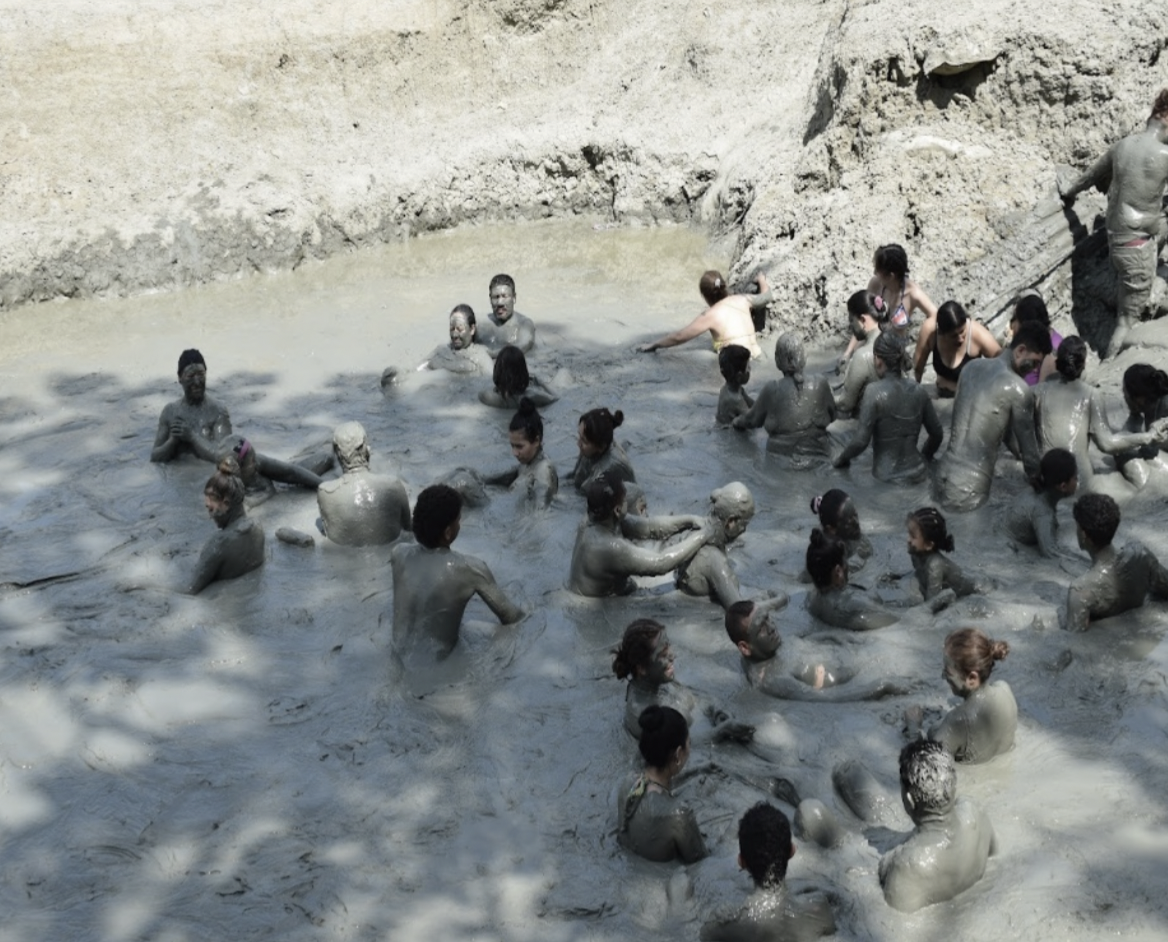
Photo 4. El Tesoro mud volcano, San Antero, Córdoba. Source: Angela Aldisaldes Martínez
Cartagena de Indias. On the shores of the Caribbean Sea, it is the gateway to South America. Walled city, with stories of Resistance in the fight for the independence of Colombia. Due to its beauty with colonial streets and houses, its beaches and its gastronomy, it was declared a World Heritage Site by UNESCO in 1984.
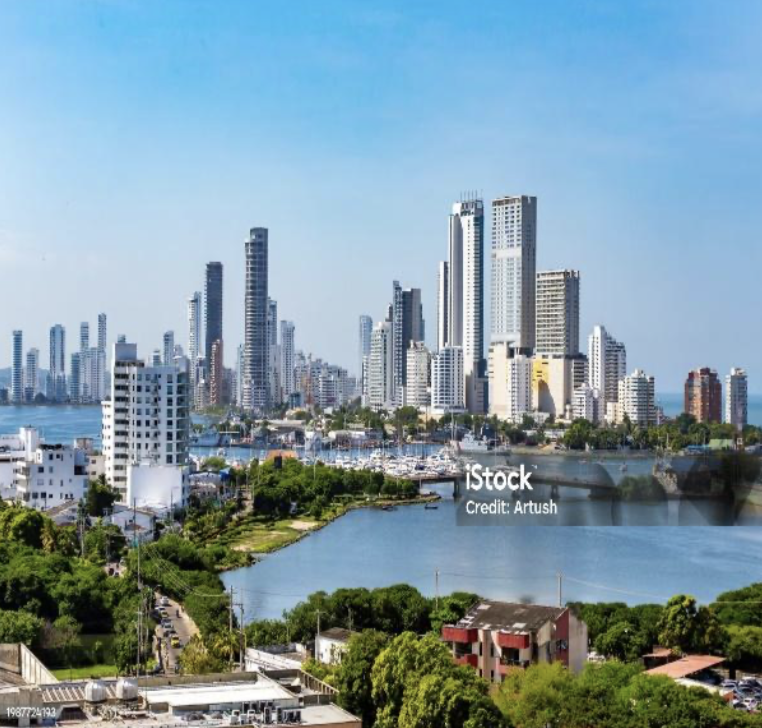
Photo 5. Cartagena Source: https://www.istockphoto.com/es/foto/horizonte-urbano-de-la-ciudad-de-cartagena-de-indias
Santa Marta, located in the Caribbean Sea, 1 hour from Cartagena, it was the first Spanish settlement in Colombia. Known since colonial times as the “Pearl of America”, for its wonderful natural landscapes, its crystalline waters and its paradisiacal beaches. Some of the best beaches in Santa Marta are located in the Tayrona National Natural Park: Cabo San Juan, Bahía Concha (a beautiful beach resort with cabins and restaurants), Neguanje and Cañaveral, where there is an excellent camping area. The recommended time to travel is December to April, although, for example, the Sea Festival, in the middle of the year, marks another excellent season to enjoy Santa Marta, its traditions and all the Caribbean flavor. (https://colombia.travel/es/santa-marta#).

RELATED CONTENT
Photo 6. El Rodadero-Santa Marta. Source https://www.istockphoto.com/es/foto/playa-en-santa-marta-colombia
Aracataca, it was always Macondo, the town where Gabriel García Márquez was born, lived and felt the magical realism.
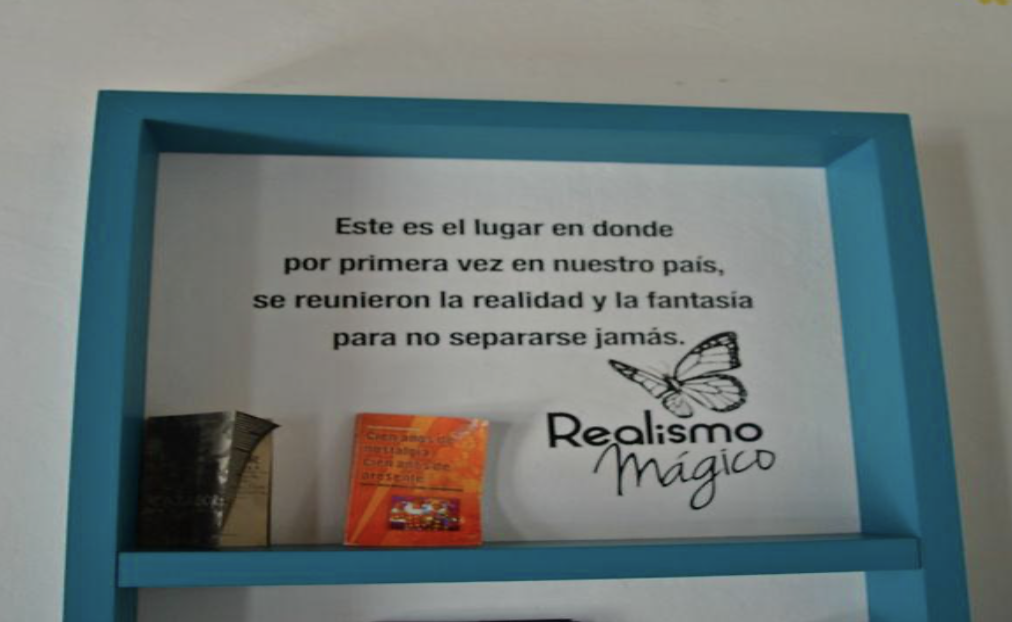
Photo 7. Telegraph operator's house in Aracataca-Magdalena. Source: https://www.rolombiantravel.com/aracataca

Photo 8. Aracataca-Magdalena. Source https://stock.adobe.com/es/search?k=aracataca
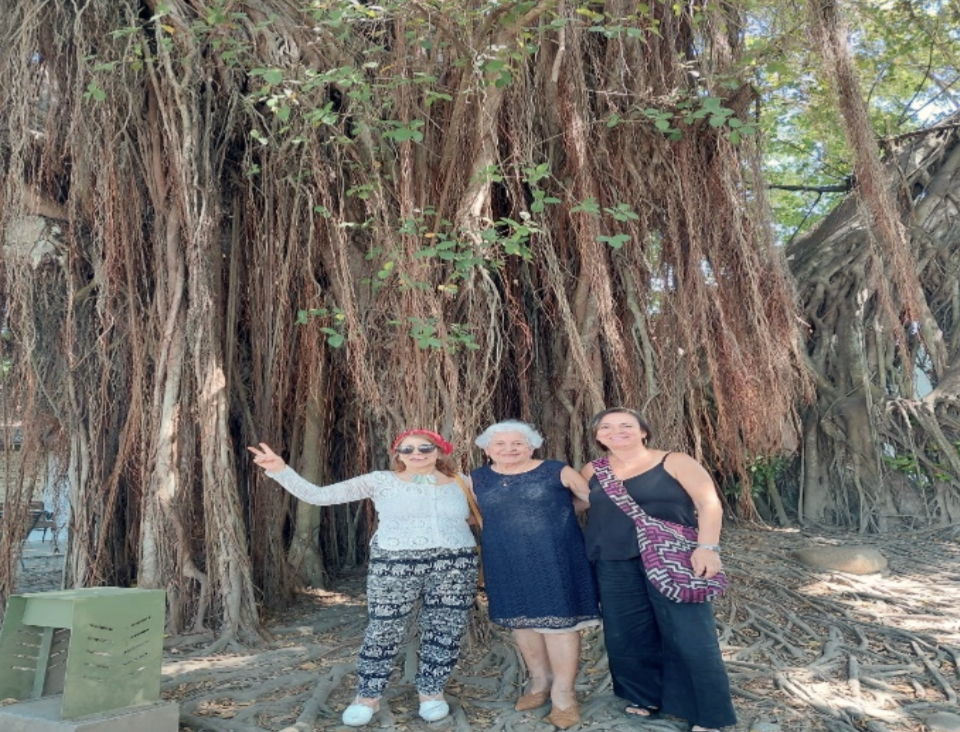
Photo 9. Lucía Vásquez Celis and two friends in Aracataca. 2023. Own authorship
Plato, Magdalena. In this town the legend of the alligator-man arose, according to which Saúl Montenegro went to Alta Guajira so that a healer could prepare a potion that would temporarily turn him into an alligator and be able to admire women bathing. The sorcerer prepared two potions for him, a red one that would turn him into an alligator and another white one that would turn him back into a man. For a time, Montenegro enjoyed his new 'superpower', entering the river to spy on women.
Generally, Saúl was accompanied by a friend who was the one who gave him the white potion, but one day he couldn't come and another friend who accompanied him, upon seeing how he turned into an alligator, got scared, dropping the bottle with the white potion. Before spilling completely, a few drops of the potion splashed on Saúl's head but not the rest of his body, so he was eternally transformed into a strange being, half human, half alligator. (https://www.elconfidencial.com/alma-corazon-vida/2021-05-24/leyenda-hombre-caiman).
The Colombian Caribbean is a paradisiacal, magical and privileged region due to its abundance of ecosystems, natural resources, roots and cultural diversity, so why the violence in this region?
The Colombian Truth Commission states: The predominant socioeconomic model of livestock farming was established in the Caribbean region and is perpetuated to this day, “as a source of wealth and social control, rooted in culture, society and power relations; The result of this process has been state institutions functional to the interests and privileges of the elites, while the rights of the popular sectors do not receive equal treatment, nor guarantees and protection from the State; The idea of La Hacienda – understood as a “power machine” – transcended the rural world and was consolidated as a political culture in the urban dynamics of the Caribbean, with a strong influence on socioeconomic spaces; His figure of "gamonalism" transcended the local sphere towards regional networks of power, configuring a state and elitist network with broad tentacles; From this network, greater exclusions and violence arise and are maintained against sectors of the population that resist the model. socioeconomic and political of the "landlord cattle ranch"
Simultaneously with the “Livestock Hacienda” model of large latifundia, the expansion of agroindustrial monocultures is recorded in the Caribbean; mining extractivist models; the expansion of illicit economies; subsistence economy models of peasants, indigenous people and Afro-descendants and conditions of multidimensional poverty with rates higher than the Colombian averages and that affect broad sectors of subsistence economies. These situations, together with the geostrategic position of the Caribbean that facilitates the trafficking of weapons, drugs and smuggling of goods, turn this region into a continuum of violence due to its territorial control.
Despite the violence, broad sectors of Colombia and its regions seek paths of hope and are committed to moving forward towards the construction of Peace. Agreements and commitments in consensus and social and environmental justice are considered a difficult but possible path.



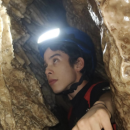
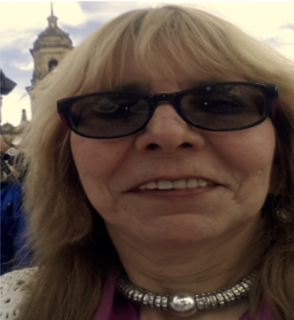
LEAVE A COMMENT: